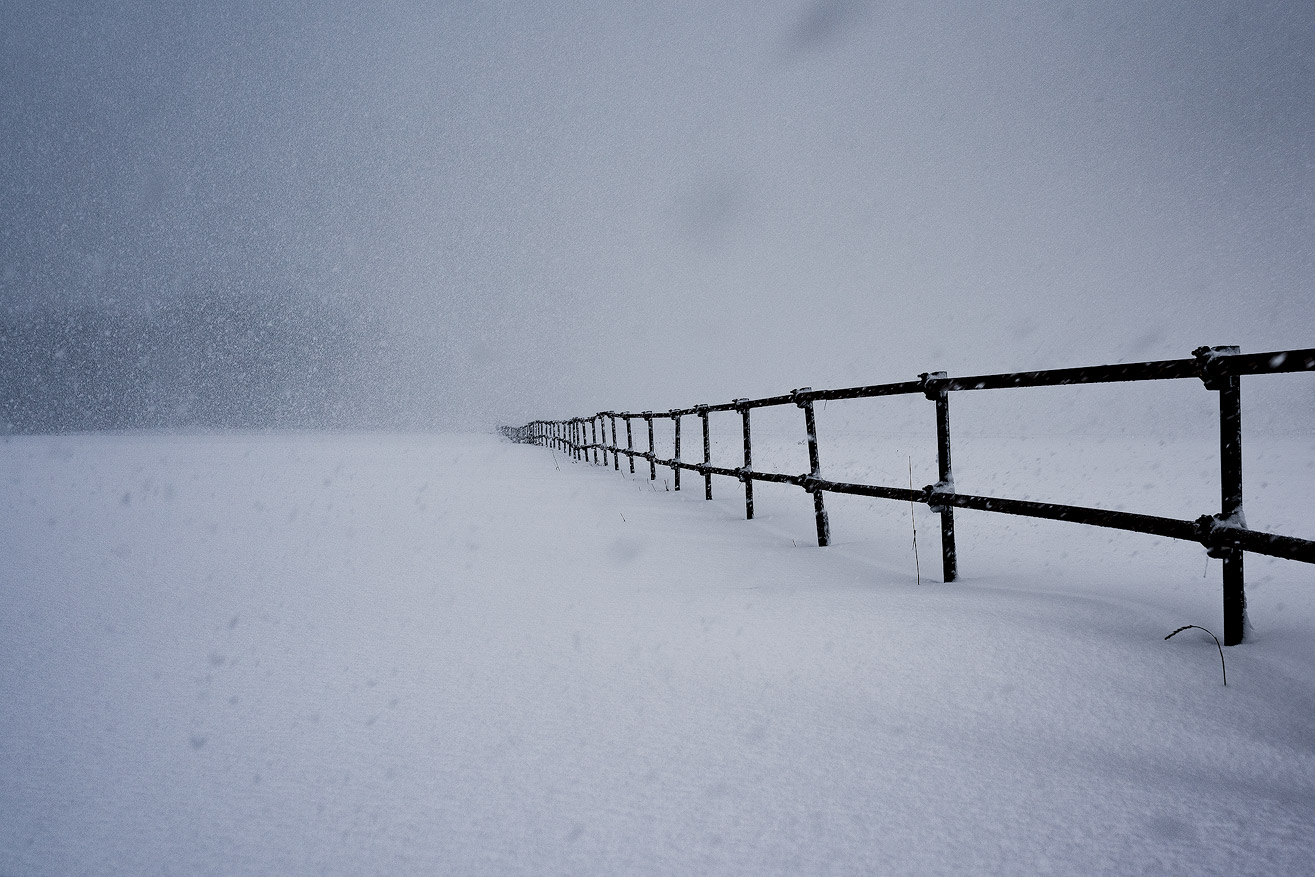Spirit of Place: How Water Drops can accentuate your Photography
We as landscape photographers have all experienced the vast amount of patience that our beloved genre demands. From finding the perfect spot and special light, to dealing with some really harsh weather conditions. This last variable is always there because we find clear and crisp skies too dull for our taste, and on the other hand, we consider heavy clouds in the sky a more pleasant scenario. This comes with something that could be seen as problem or as creative element depending on the concept behind your photographs; and these are drops.
Obviously, not every landscape shot is well suited for having water droplets on the lens-front, and today I want to share my personal opinion on this feature – or artefact. For me there are two types of general landscape approaches: the distant and the immersed one. Distant landscape photography for me is like a perfect portrait of a natural venue in front of our eyes, and is perhaps the best way to go in many cases.
Then there is a more holistic approach that I personally define as the immersed approach in landscape photography, where close elements (like water and foreground) are also integrated parts of the frame. In recent years I have started to get closer to the landscapes I photograph. Finding the distance-sweet-spot has been quite a challenge indeed.
Having water drops in front of a lens is a resource that I have borrowed from photojournalism and cinematography. In photojournalism being close to the action often leads to results that could not be planned at all. One of these issues are drops when shooting near the rain or a large body of water. A very good example is provided in Nubar Alexanian’s opus “Gloucester: When the Fish Came First.” In his outstanding work documenting a generation of fishermen, the photographer is extremely close to the lives of people and the natural elements they face. Take a look at this photo taken during a winter storm on a fishing boat; some would regard these bokeh artefacts as photographic flaws, but I think they perfectly accentuate the essence of the place witnessed.
In cinematography drops are used to enhance the viewing experience by simulating the real context surrounding the subject. For example, consider this scene from the movie “Children of Men” shot by Emmanuel Lubezki. The drops of “blood” splashing in front of the lens provide a unique viewing experience. This is because it feels like one is inside the scene; everything feels chaotic, frantic and indeed real. Moreover, the same can be said for the final horse-riding scene in the epic film “300: Rise of an Empire”. Furthermore, consider the river escape scene from the film “The Revenant”: the water drops on the lens provide the feeling that the viewer is actually immersed in the setting.
By using this resource from those disciplines, I enhance the viewing experience, and make the photographed landscape an image with heart and soul. These drops do accentuate my interpretation of the landscape at that particular moment in time. They are part of my interpretation of the spirit of place that I have witnessed. And this is always a pure emphasis of personal vision.
So, do not be afraid to try this out, but it is better when drops simply fall naturally on your lens. Forcing this look feels odd in my personal opinion. Furthermore, you should be careful that these droplets simply work as compositional elements. If one of the drops is interfering with the main subject, then the look simply will not look nice.
It really makes sense for anyone in love with nature to capture the greatness of landscapes in a raw and more natural way. Long exposures will always be a must in my workflow, but I have embraced the tiny flaws of water drops as an honest reminder of how it felt to be in front of such magnificent places. Lastly, I believe that landscape photographers should develop a more holistic, interdisciplinary approach in their technique. Borrowing from other disciplines assists to foster creativity in order to create content which is both novel and unique.
Articles:
This article has been published in the On Landscape Photography Magazine in the April 2019 issue.

